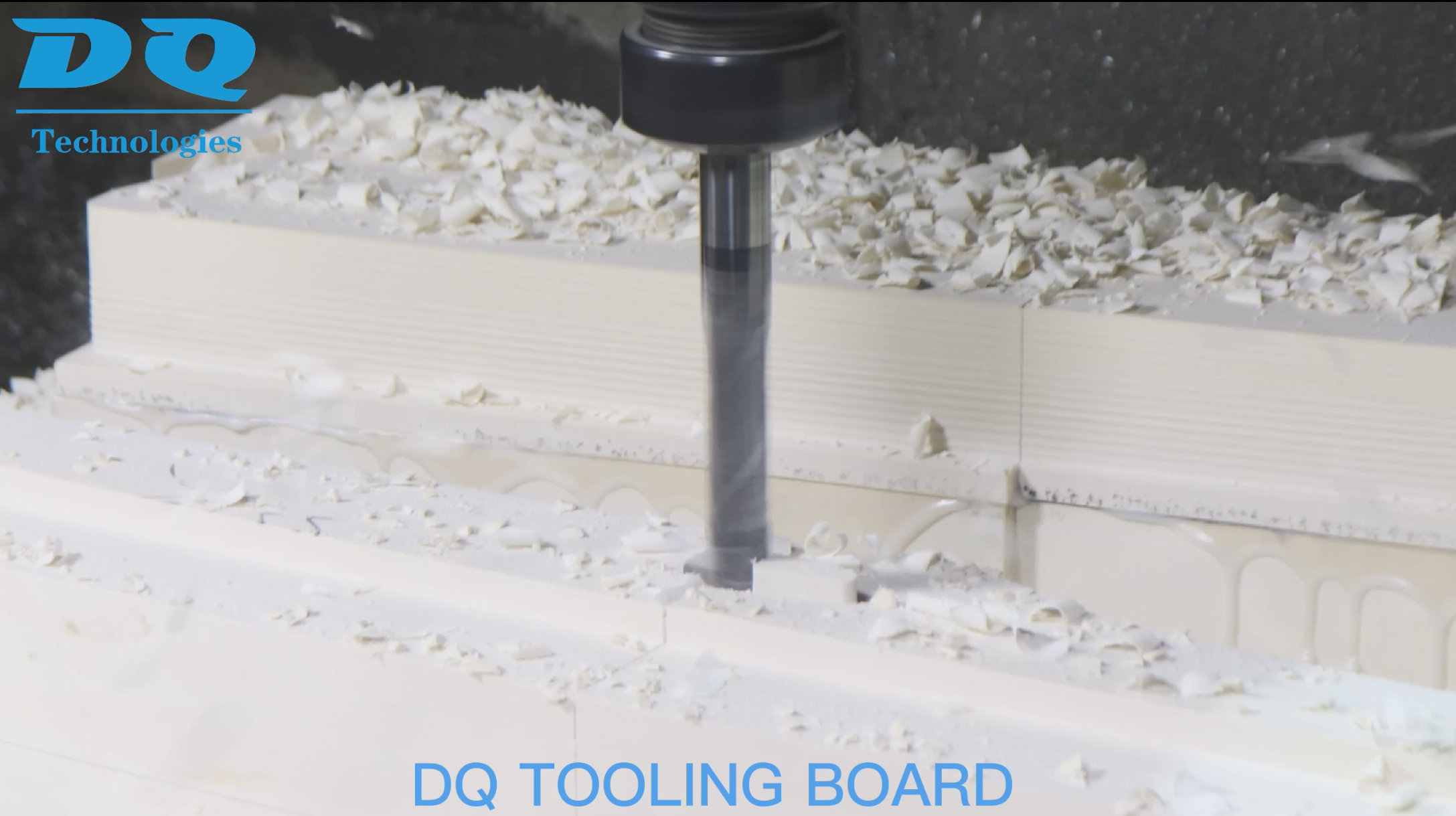Tooling Board - Exploring the Pros and Cons of PU Tooling Board and Aluminum in Machining
Tooling Board - Exploring the Pros and Cons of PU Tooling Board and Aluminum in Machining

Our company offers a wide range of PU Tooling Board for you to choose from, with PU Tooling Board materials having densities ranging from 0.6 to 1.8 g/cm³. In addition to their high precision and stability, these tooling board come in varying thicknesses and are suitable for diverse applications, catering to a wide spectrum of machining needs.
Aluminum blocks, on the other hand, are known for their high precision and stability, making them a widely-used material. However, when it comes to machining, there are distinct differences between aluminum and PU Tooling Board.
1. Cost Efficiency: PU Tooling Board is generally more cost-effective per unit compared to aluminum, reducing raw material expenses.
2. Tool-Friendly: PU Tooling Board is less abrasive to cutting tools, leading to lower machining costs. In contrast, aluminum's higher density puts a greater load on cutting tools, necessitating frequent tool replacements.
3. Machining Speed: PU Tooling Board can often be machined at a faster speed than aluminum, reducing time-related costs. Due to its higher density, aluminum machining tends to be slower to ensure product aesthetics and tool longevity.
4. Wear Resistance: Opting for specialized wear-resistant PU Tooling Board types can result in less wear and tear on the final product compared to aluminum components. Enhanced wear resistance also extends the lifespan of parts made from this material.
5. No Polishing Required: PU Tooling Board machining typically eliminates the need for manual polishing, while aluminum offers a superior surface finish.
6. Lightweight and Operator-Friendly: PU Tooling Board is lightweight and easy to handle, enhancing operator comfort. For the same size, aluminum blocks are approximately 3.3 times heavier than PU Tooling Board (using the most common type).
7. Repairability: PU Tooling Board allows for repairs in case of machining errors, with minimal discernible differences post-repair, offering higher tolerance for mistakes. In contrast, errors in aluminum machining are often irreversible.
8. Recyclability: Aluminum machining waste can be recycled, while PU Tooling Board cannot. Additionally, PU Tooling Board machining generates minimal dust that requires specialized handling.
While the above emphasizes the advantages of PU Tooling Board, aluminum also has merits such as better aesthetics, recyclable waste, and overall high stability.
In China, an increasing number of customers are opting for DQ PU Tooling Board as a substitute for aluminum, and these insights have been gathered from our clients. In conclusion, PU Tooling Board is known for its ease of machining, high stability, low cost, lightweight nature, repairability, and operator-friendliness.
